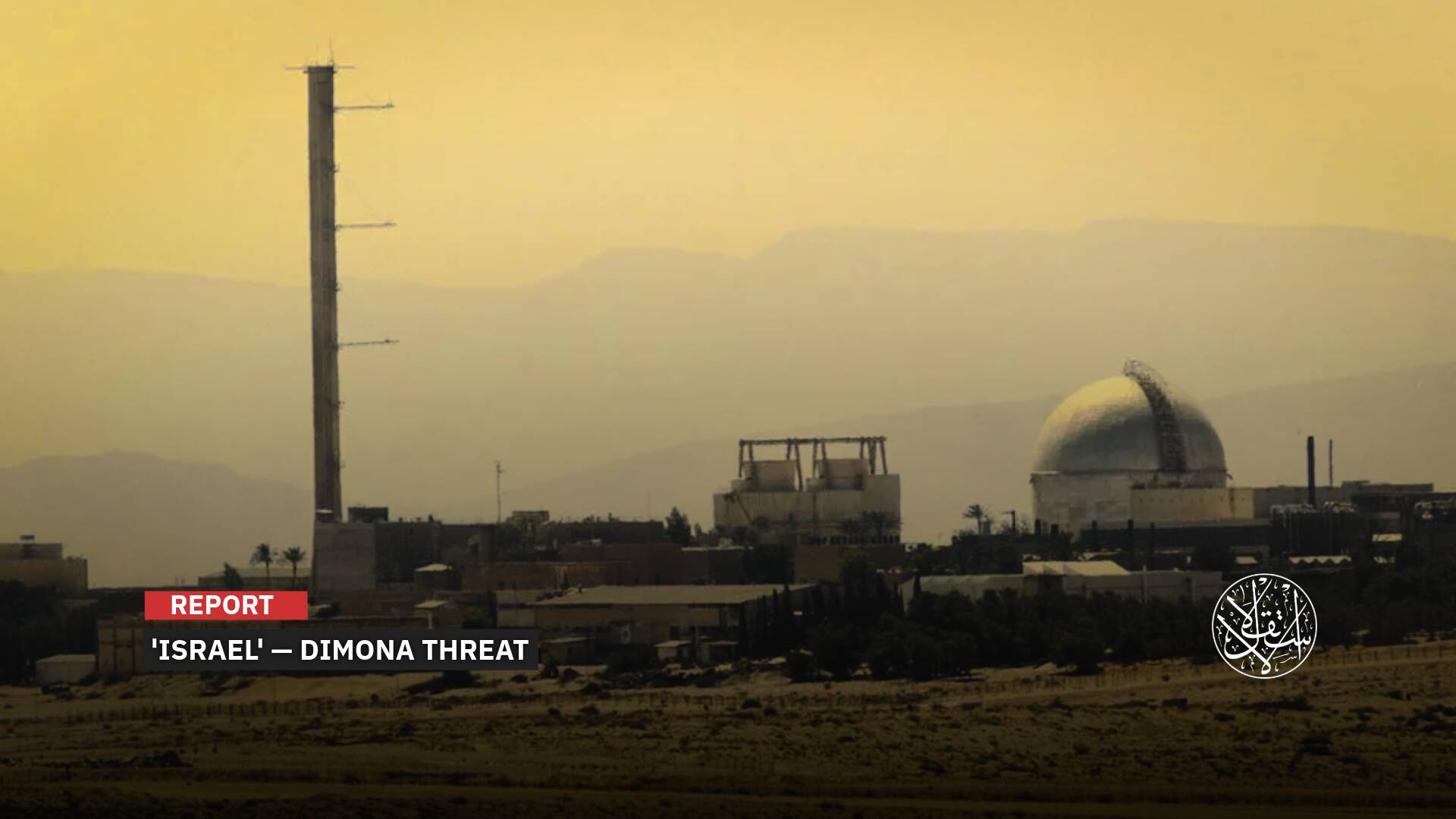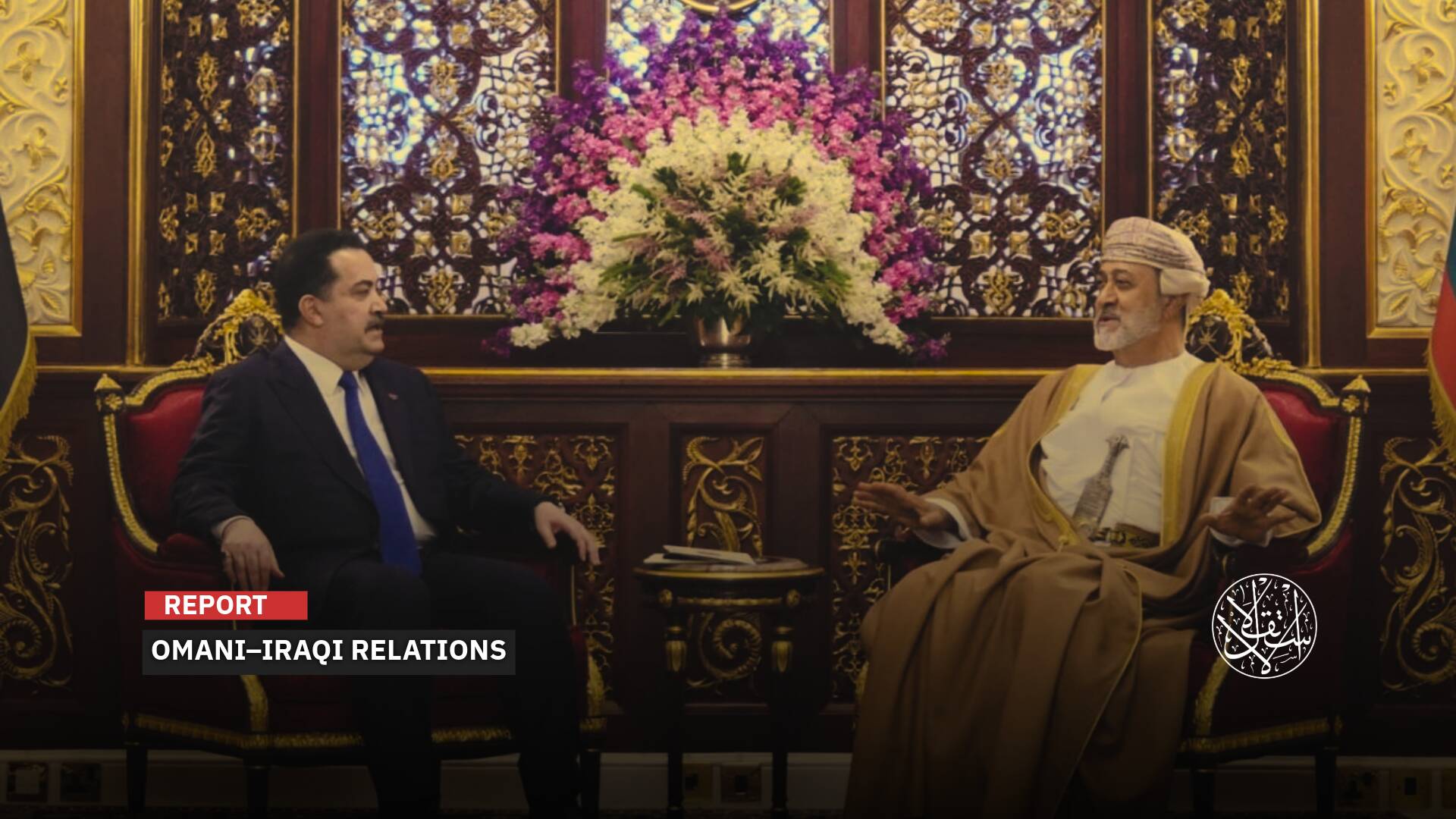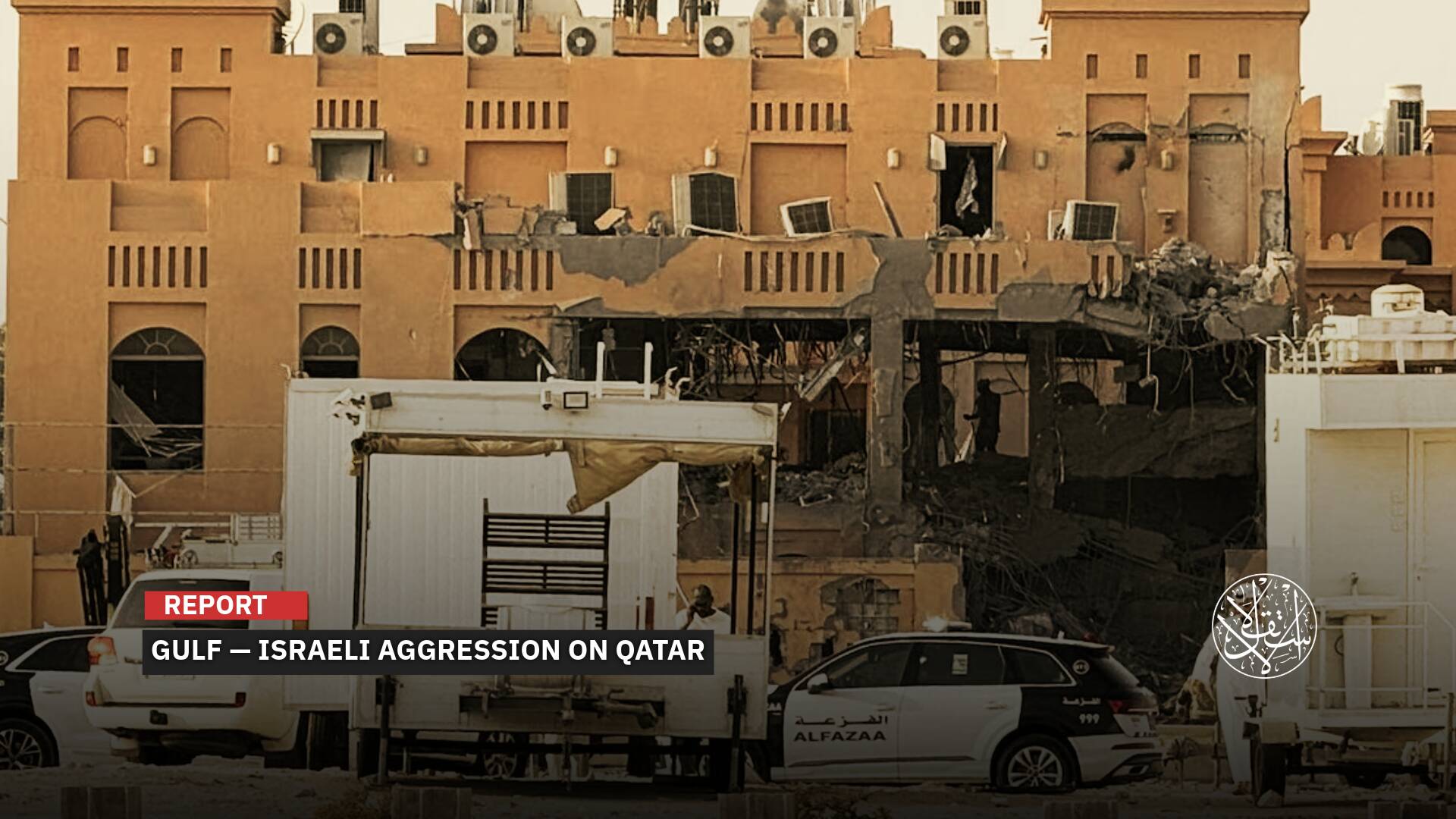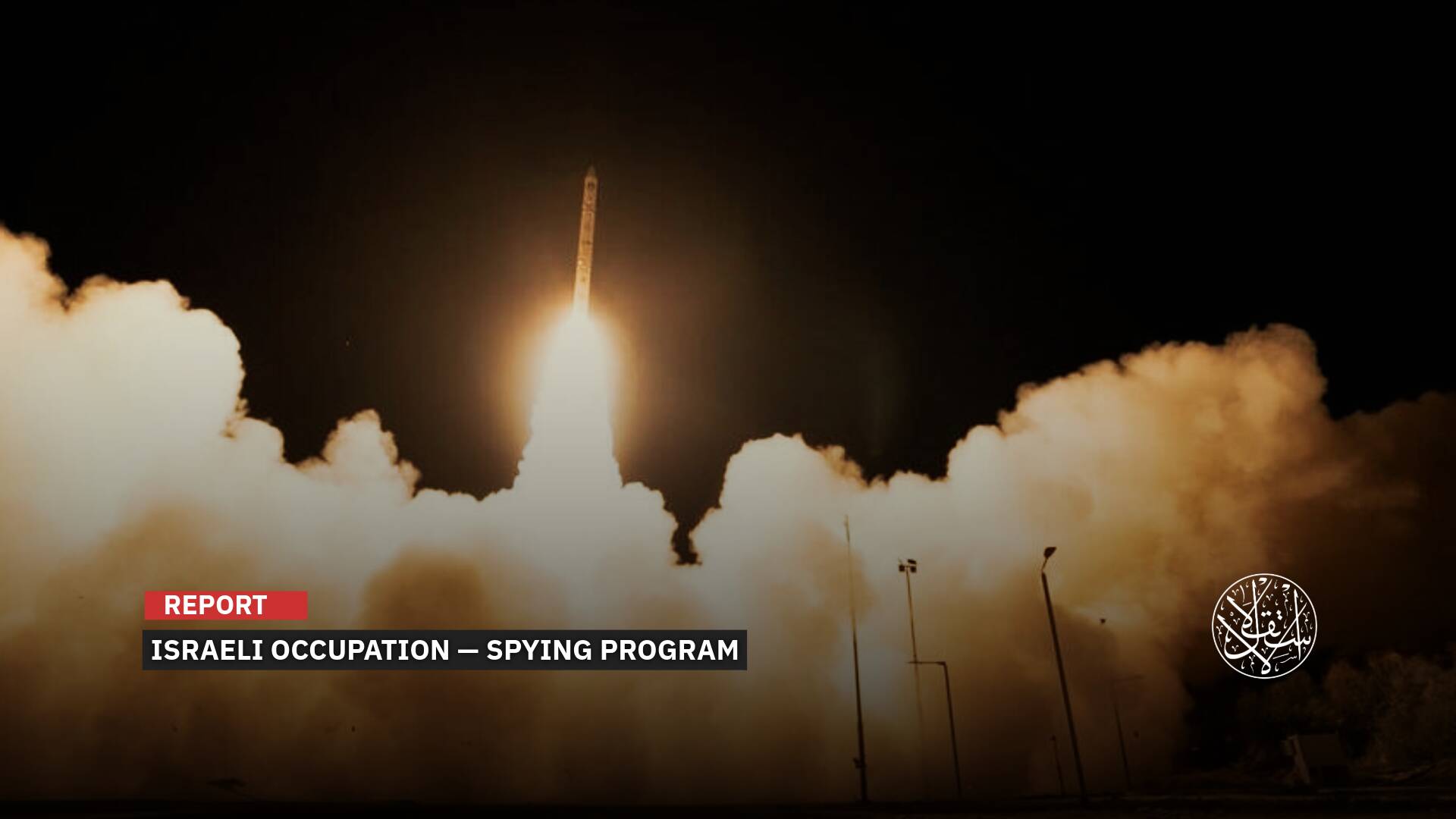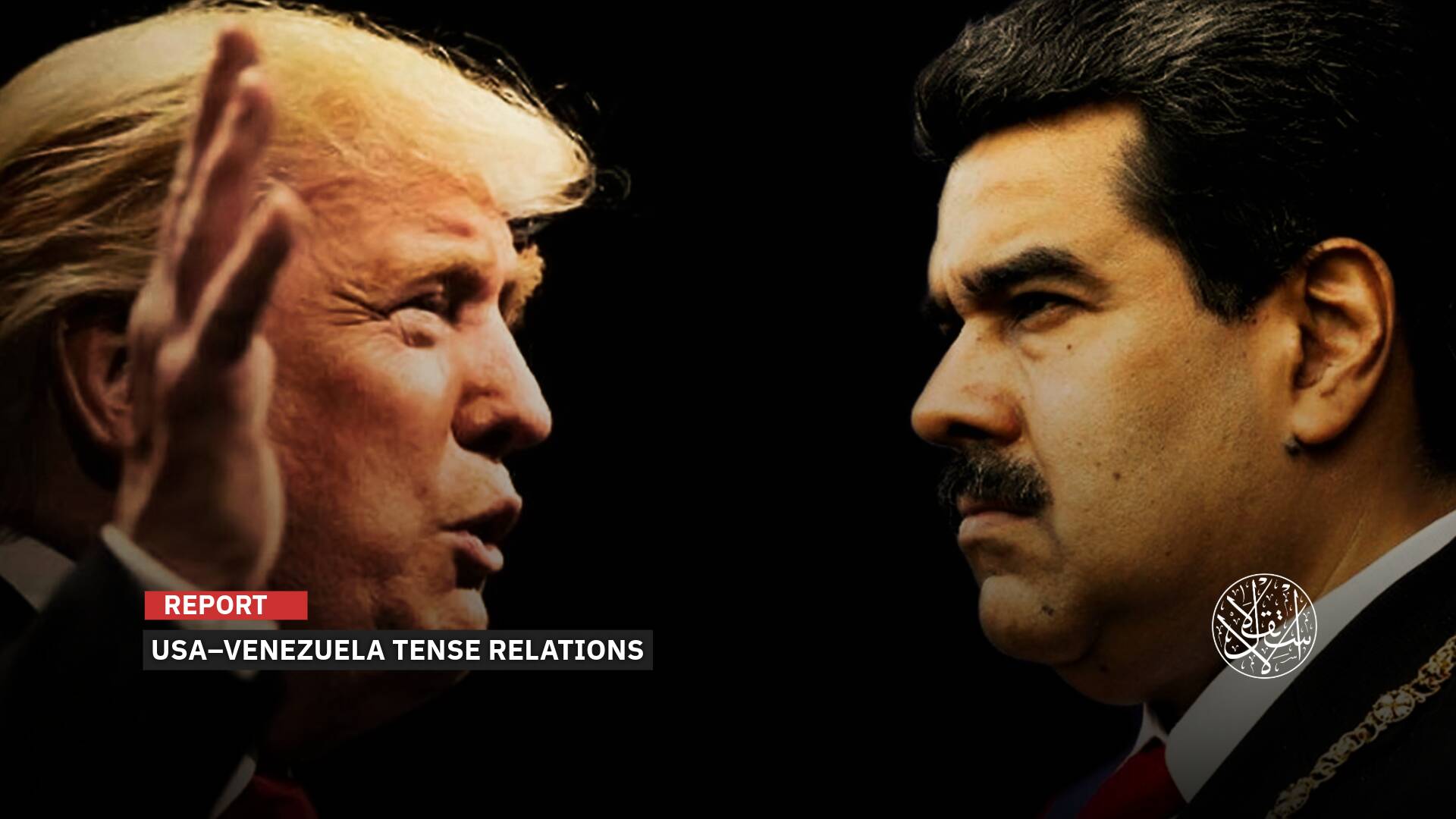Why Is Damascus Focusing on Securing the Syrian-Lebanese Border?

The border area between Syria and Lebanon has a long history of security issues.
The Syrian-Lebanese border remains a “hotspot” linked to illegal smuggling operations that were overseen by Bashar al-Assad’s regime before its downfall.
To strengthen this vulnerable area, the Syrian Border Security Administration launched a campaign on February 6, 2025, to target those involved in smuggling weapons and contraband across the border with Lebanon.
Border Control
Syrian Arab News Agency (SANA), reported that the operation began in the border village of Hawiq, aiming to “close the smuggling routes for weapons and contraband.”
Fierce clashes broke out there between the Syrian Border Security Administration and groups of smugglers, resulting in casualties on both sides before the security forces gained control of several points.
Syria and Lebanon share a 375-kilometer-long border, much of which remains unmarked, especially in the northeast, making it a vulnerable area for smuggling, hunting, and even refugee crossings.
There are five crossings between Syria and Lebanon: el-Masnaa, al-Dabousiya, al-Jousiya, Talkalakh, and Arida.
Hezbollah also controls illegal crossings between the two countries, which it used before the fall of Assad’s regime on December 8, 2025, for transferring weapons and fighters.
There are 74 Lebanese military border posts along the intersecting Syrian-Lebanese territories.
During the campaign, the Syrian Border Security Administration detained several “wanted individuals involved in illegal smuggling” and seized weapons and contraband.
The new security operation aimed to expel remnants of the fallen Assad regime, smugglers, drug dealers, and figures connected to Hezbollah into Lebanon.
It was clear that Syrian forces employed tanks, armored vehicles, drones, and heavy weapons during the operation.
The targeted border areas have been crucial recently, as they became major routes for smuggling operations between the two countries. Large groups supported by Hezbollah and the former regime managed the smuggling activities.

Preventing the Return of Influence
Currently, these individuals represent the biggest threat to Syria's stability, particularly in terms of security and economy.
The first major security test for the intelligence services after the fall of Assad’s regime was on January 11, 2025, when they thwarted an attempt by a cell of four individuals to carry out an explosion at the Sayyida Zaynab shrine south of Damascus.
At that time, the new Syrian intelligence service arrested the cell, which claimed affiliation with ISIS, and seized weapons, ammunition, Lebanese documents, and foreign currency.
In this context, a researcher at the Harmoon Center for Contemporary Studies, Nawar Shaaban, stated that Syrian towns along the border with Lebanon were a “theater” for Hezbollah operations. Therefore, securing these areas after Hezbollah's departure is a priority for Syrian security.
“These smugglers are currently seeking new ways to continue smuggling operations as they did before the fall of Assad,” he told Al-Estiklal.
“Eradicating the activities of these smugglers by the Syrian Ministry of Defense is not an easy task, as the area has a long history of security issues, especially since Hezbollah has exploited this geography with both direct and indirect tools over the years.”
“The only way to secure the exposed border between the two countries is through high-level coordination between Syria and Lebanon's Ministries of Defense, especially since Beirut now has an opportunity for cooperation in a matter that was unavailable since the 1970s,” shaaban added.
“The drug smuggling network between the two countries still exists, and they are looking for alternatives after the fall of Assad’s regime, which had supported and facilitated smuggling operations.”
After the fall of Assad’s regime, drug production warehouses and homes linked directly to Maher al-Assad, the ousted president’s brother, were found, scattered across rural Damascus and the Syrian coastline.
Syrian Military Operations Command then directed a unit to destroy the drug production sites and prepare them for export, with video footage showing large quantities of narcotics being disposed of.
Imposing Control
Before the fall of Assad's regime, neighboring countries repeatedly warned of the growing Captagon drug production in Syria and its impact on their territories.
Historically, Hezbollah relied on these smuggling routes to transport weapons, drugs, and other vital supplies for its operations.
As Hezbollah became more deeply engaged in its long-standing conflict with “Israel,” its ability to operate freely along the borders significantly weakened.
Despite these setbacks, recent clashes on both sides of the Syria-Lebanon border suggest that Hezbollah is attempting to reassert its presence in the border regions it once controlled.
This latest military operation followed a series of security campaigns launched by the new Syrian administration to reassert state control over the country's borders.
Syrian officials described these operations as part of a broader strategy to “restore the rule of law” and dismantle the criminal organizations that have flourished in the region over the past decade.
Since the fall of Assad’s regime on December 8, 2024, the new Syrian administration has recognized the impact of the Lebanon border on the new landscape in the country.
Therefore, starting January 3, 2025, the administration imposed restrictions on Lebanese citizens crossing the shared border into Syria.
On December 22, 2024, Syria's transitional president, Ahmed al-Sharaa, promised that Syria would end its “negative” influence over Lebanon and respect its neighbor's sovereignty.

Security Control
The sensitive point at this stage is the formation of Lebanon’s borders as a rear gateway for remnants of the fallen Assad regime and their movement points.
The new Syrian administration is still chasing remnants of the former regime along Syria's coast, where many have not surrendered their weapons.
Some have resorted to forming militias to confront the new Syrian state; two weeks ago, Miqdad Fatihah, a former officer in Assad’s fallen Republican Guard, posted a video announcing the creation of a new militia “to challenge” Syria's current leadership.
Named the “Coastal Shield Brigade,” the militia is being formed in the Latakia mountains with the objective of opposing what Fatihah refers to as “al-Jolani's violations” along Syria's coast.
Fatihah, through his newly formed militia, claimed responsibility for attacks on military operations and general security personnel both within and outside Syria's coastal areas, leading to multiple casualties.
Looking at the field map, the Syrian-Lebanese border strip is a flexible movement point for these remnants if pursued, especially from the coastal city of Tartus, adjacent to Lebanon.
In this context, journalist Mahmoud Kallas emphasized that “the new Syrian administration considers the Lebanese border a vulnerable flank at this time for monitoring movements of Hezbollah or remnants of the former regime.”
“Recently, groups associated with the remnants of the Assad regime along the Syrian coast have announced their intent to target the security forces' checkpoints under Damascus's administration,” he told Al-Estiklal.
“Given the ties between Hezbollah and remnants of the former regime, the Syrian-Lebanese border serves as covert supply routes, prompting Damascus to tighten its security control over the area.”
“The Syrian army is determined to strengthen its presence along the border, citing the Lebanese army's limited control on its side due to Hezbollah's dominance,” Kallas added.
“Damascus seeks to block drug smuggling from Syria via remnants of the Assad regime, as well as the smuggling of food and medicine, which are sold at much higher prices in Lebanon.”
Syrian medicine entering Lebanon is sold in some clinics, small stores, and illegal pharmacies, a trade that generates millions of dollars.
Sources
- Military Operations Command in Syria clashes with Lebanese clans and exchanges prisoners between the two parties [Arabic]
- Syria: Two security personnel kidnapped in a village near the Lebanese border [Arabic]
- Millions Spent on Syrian-Made Medicine: Pharmacies in Camps, Small Shops, and Clinics Selling It [Arabic]
- Coastal Shield Brigade: A Militia Led by Miqdad Fatihah Against the State | Video [Arabic]


